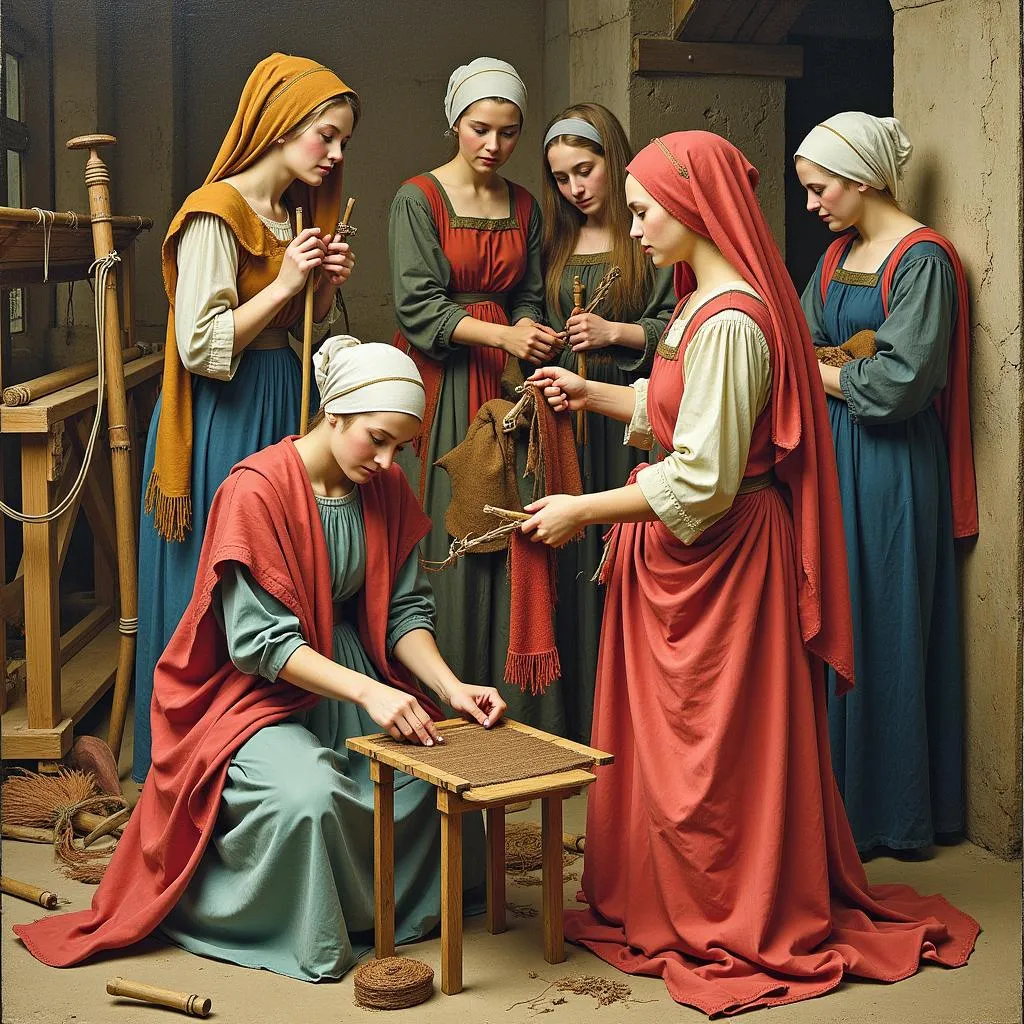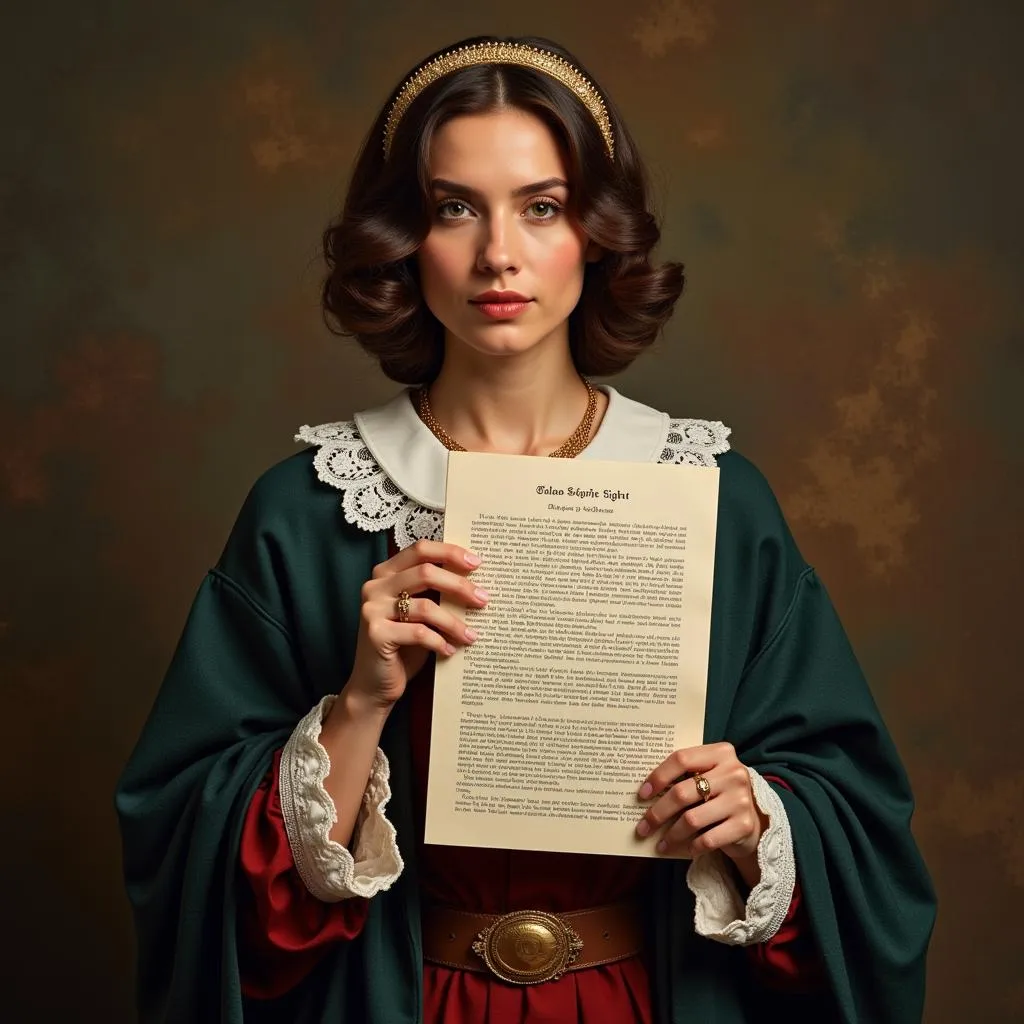The lives of women in Anglo-Saxon society, a period spanning roughly from the 5th to the 11th centuries in England, have often been shrouded in mystery and misconception. While sources from this era can be sparse, a closer look reveals that women held diverse roles and wielded considerable influence within their communities. This article delves into the fascinating world of Anglo-Saxon women, exploring their social standing, legal rights, and contributions to various aspects of life.
 Anglo-Saxon Women Working with Textiles
Anglo-Saxon Women Working with Textiles
Challenging Assumptions: The Reality of Female Agency
Contrary to popular belief, Anglo-Saxon women were not confined to the domestic sphere. While household duties and child-rearing were essential aspects of their lives, women also participated actively in economic, religious, and even political spheres. They managed property, engaged in trade, and contributed to the artistic and intellectual life of their time. The legal system, though favoring men in certain aspects, also granted women certain rights and protections.
Legal Rights and Protections: A Glimpse into Autonomy
Anglo-Saxon law recognized a woman’s right to own property, inherit land, and engage in legal transactions. Marriage, while often arranged, involved the exchange of property and required the woman’s consent. Upon marriage, a woman retained control over her own property and could even inherit her husband’s estate. This degree of legal autonomy distinguished Anglo-Saxon women from their counterparts in many other societies of the time.
 Anglo-Saxon Woman with a Legal Document
Anglo-Saxon Woman with a Legal Document
Occupations and Contributions: A Tapestry of Skills
From weaving and brewing to farming and trading, Anglo-Saxon women engaged in a wide range of occupations. Textile production was a particularly important industry, with women playing a vital role in spinning, weaving, and embroidery. The intricate designs found on surviving textiles attest to their exceptional skills. Furthermore, women were also active in religious life, with some taking on the roles of nuns, abbesses, and even influential figures within the early Christian church.
Powerful Figures and Lasting Legacies
The annals of Anglo-Saxon history are replete with examples of influential women who defied societal norms and left their mark on their era. Queens like Æthelflæd of Mercia and Emma of Normandy played pivotal roles in politics and warfare, demonstrating exceptional leadership and military prowess. Similarly, religious figures like Hilda of Whitby, renowned for her wisdom and piety, established influential monasteries and fostered centers of learning.
Conclusion: Reframing the Narrative
The study of women in Anglo-Saxon society challenges us to move beyond simplistic portrayals and uncover the nuances of their experiences. While societal expectations and limitations existed, Anglo-Saxon women demonstrated remarkable agency, resilience, and influence within their communities. By examining their stories, we gain a deeper understanding not only of their lives but also of the complex social fabric of Anglo-Saxon England.